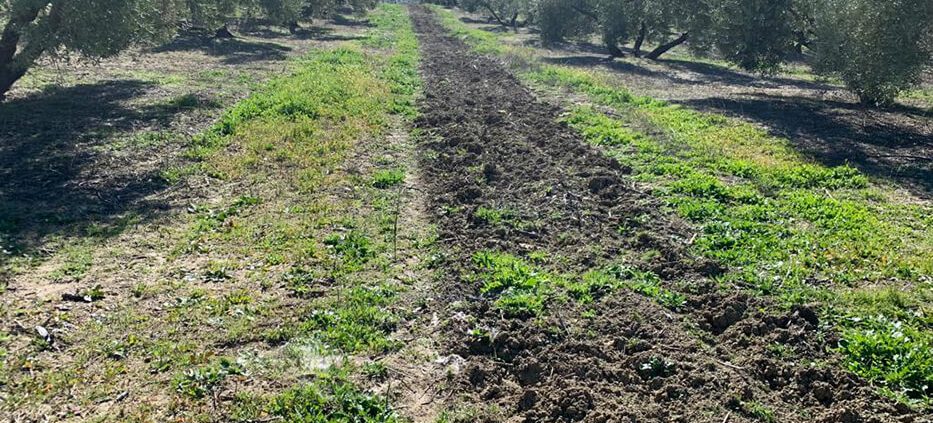Honey olive groves, a project for the future
Spain has the largest olive groves in the world, which is why we are the largest producers of extra virgin olive oil. However, in all this wide land where we have olive trees, some projects arise to achieve greater profitability. From this arises the honey olive groves project, which consists of planting aromatic plants between the olive trees to feed the bees. In this way, we can also achieve honey harvests in these fields.
Index:
|
Related articles: Where to buy quality honey? Raw unpasteurised honey
1. Honey olive groves, a project to save the bees
Olive groves in Spain usually have several cultivation frames of 8 x 4, 7 x 5 or the more common 7 x 7. A cultivation frame is the distance between one olive tree and another. The project for the future, which is already being carried out by some farmers, is to plant aromatic plants such as rosemary between the olive trees to provide food for the bees. Consequently, this land would also provide food for the bees to produce honey.
Furthermore, this could fit in perfectly with the production of organic honey, if organic olive groves are used. Also, by planting aromatic flower crops such as lavender and rosemary, essential oils could be produced.
Therefore, the people who defend this project for the future see it with great optimism. Honey olive groves could be introduced in all the regions of Spain.
2. More research projects
However, farmers cannot be led to make changes on their farms without further research. Therefore, it is necessary to investigate whether this new project can improve the profitability of olive cultivation. This is because these plantations may lower the olive production as the olive tree is in competition with other olive trees in the search for water and nutrient resources. It is also necessary to investigate how these rows of medicinal plants would affect agricultural work both during harvesting and the rest of the year.
Therefore, the suitability of this project will be seen in the future. However, the proposals that are being considered at the moment are that 70% of lavender should be grown with other aromatic plants. Aromatic plants such as thyme, sage and mint. The influence of olives is also being studied.
All this would give the following benefits:
a) Benefits
The benefits of this honey olive grove are as follows:
- Increased food production. By growing more plants on the same land and demonstrating that the profitability of the olive grove does not decrease, more food would be produced. On the one hand, olives from olive groves and, on the other hand, the honey produced thanks to the planting of these aromatic plants.
- Erosion control. If plants are cultivated along slope lines, they would help to reduce runoff and thus reduce erosion. As they would cut off the circulation of water that flows more easily in the areas surrounding the olive trees and where there is greater erosion.
- Improve aesthetics. Although this point is relative. What is clear is that the striping of the olive grove would be eliminated and all the fields would have more green cover.
In addition, all this can give greater vigour to these rural areas. Beekeeping is a labour-supporting sector, but there are many other activities that can go hand in hand with it. These include tourism and hunting activities. All of this will bring a greater wealth of fauna and flora, which will make it possible to develop other activities.
3. Objective to change the landscape of the olive grove
This project has a long history. Although the most veteran designer comes from the Alvelal Association, in the southeast of Spain. This group of people with links to national and international organisations, associations and institutions already proposed in 2017 hedges of aromatic plants in olive groves and vineyards. In this way, changing the olive grove landscapes and increasing their profitability.
Such a project has been studied and spread by numerous magazines, such as: Almaceite, Oleorevista, Aovero, Greenpresscomunicación, Vida Sana and some others. However, it still does not seem to have caught on with farmers.
Source:
Info Miel Magazine






Leave a Reply
Want to join the discussion?Feel free to contribute!